Content Marketing: Come in with an idea, leave with a blog post
Two previous MarketingSherpa Blog posts, “Content Marketing: Interviewing internal resources,” and “Content Marketing: Making use of internal resources,” covered meeting the challenge of infusing the knowledge of your internal experts into your content marketing strategy.
Marketers, particularly in the B2B sphere, are regularly told that there is a wealth of great insight and knowledge to be mined for content within the enterprise walls. The challenge is turning that knowledge into content that can be shared.
The first post in this series looked at the popular tactic of interviewing those internal experts and turning the interview material into blog posts, e-books, podcasts and more. The second post in the series offered lists of tips and ideas from three content marketing sources.
Today’s post provides three interesting approaches to take in meeting this content marketing goal:
- Thinking like a publisher and developing an editorial process
- Gaining buy-in at the highest levels to improve the process
- Implementing an interesting tactic dubbed the “blog closet” can provide a wealth of internal expertise for sharing
Kari Rippetoe, Content Marketing Manager, Marketing Mojo, explained how her team takes a publishing approach to content marketing with an editorial process:
We rely heavily on internal resources to create our content!
I’m the content marketing manager for a digital marketing agency, and we create a variety of content including blog posts, webinars, infographics and guides.
Our staff has expertise in a lot of different areas of digital marketing, and we want to showcase that expertise through our content. In fact, content creation is a big part of our culture here. So, almost the entire staff contributes regular blog posts and periodically present webinars.
When I first joined the company, there was an “editorial” calendar of sorts in place for the blog. In fact, the only real purpose it served was to assign blog post deadlines to each writer. This was done without any real interaction with or input from the writers. In addition, writers would run up against their deadlines with no idea about what they were going to write – resulting in last-minute scrambling to get something written.
So, I implemented the following:
- Regular editorial meetings with the writers to determine topics in advance, so they have more time to think about what they want to write.
- True editorial calendar tracking not only due dates, but topics, keywords and special holidays/events to keep in mind.
- Editorial review process to ensure quality of content.
We’ve seen dramatic improvements in the efficiency of content creation on our blog because of these process changes. There is a lot less stress on the writer and me, as the editor of the blog, to get the content written, reviewed, published and distributed.
Brandon Gerson, President of Business Development, Mak & Ger, provided an agency perspective on the importance of making internal content a process that begins from the top down:
This is a challenge that our agency faces on a regular basis while trying to create content for our clients.
Interviews work well, but it is best when they can create their own content.
The challenge is that we are trying to do our job, which requires their help, but they have their own job to do, and thus, by working with us, they are not getting their work done.
Here is the best way we have been able to remedy this …
Take a top-down approach and work with the CMO to make an organizational commitment to generating content.
This helps each department allocate a certain amount of time and employees towards generating content. Ideally, this can be a team effort that can occur on a Friday, when productivity levels are low anyway. A few members of a department can get together and share ideas and turn it into bullet points. We then have a dedicated person email these bullet points to our agency partner, who then works to turn their bullet points into blog posts.
We position this as not only a way to help us create content for their marketing, but also as a camaraderie, brainstorming, team building time where new ideas can formulate.
It can be a hard sell initially, but when it works well, it adds a lot of value to all involved.
We have been able to get one client to commit to this approach with their sales team and it has produced some great content that has helped all of their closing rates. In addition to blog posts, we have been able to create white papers, numbered lists, e-books and other assets that they now use to nurture their prospects further down the funnel and it has worked well for the entire organization.



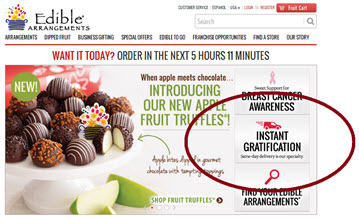
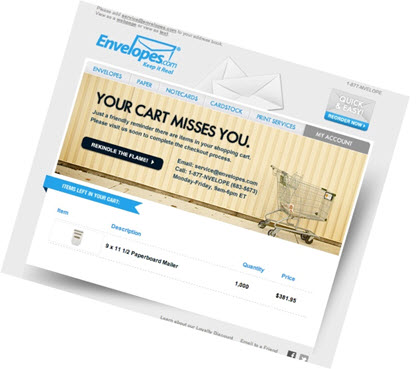
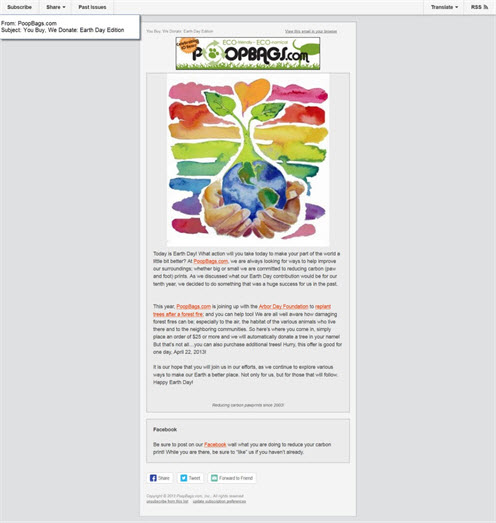

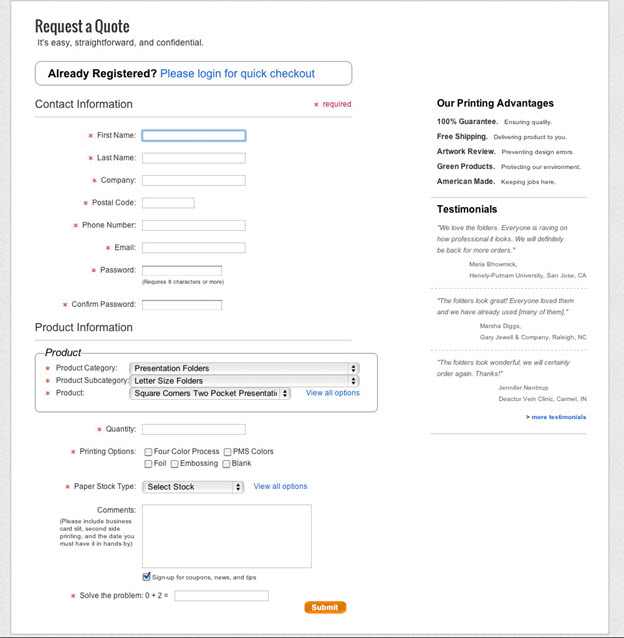
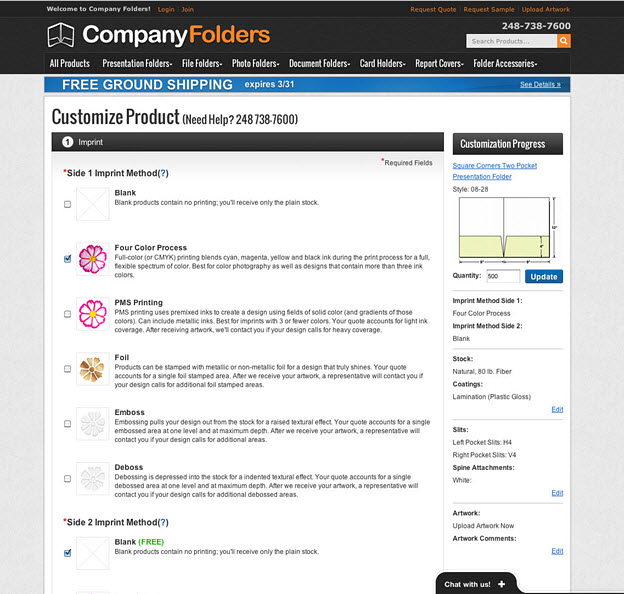
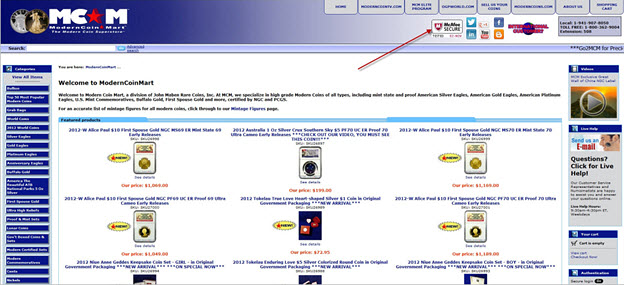


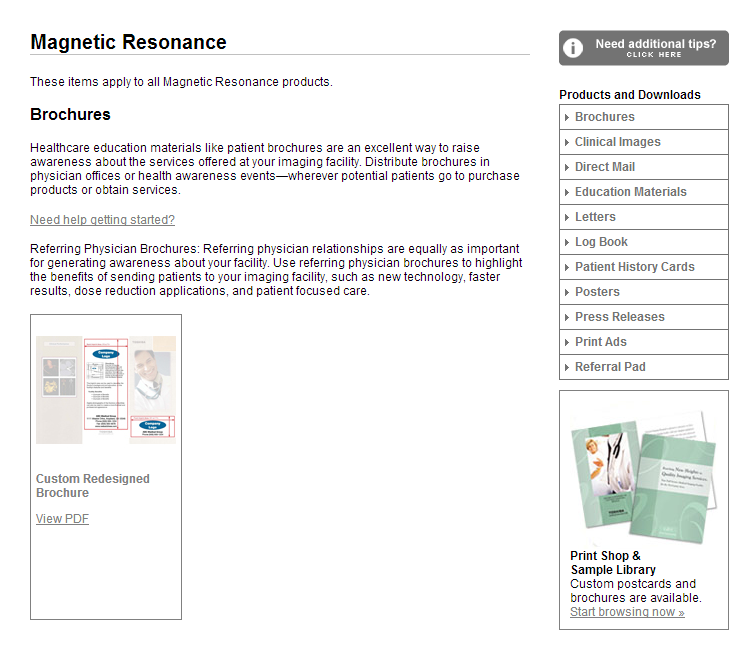
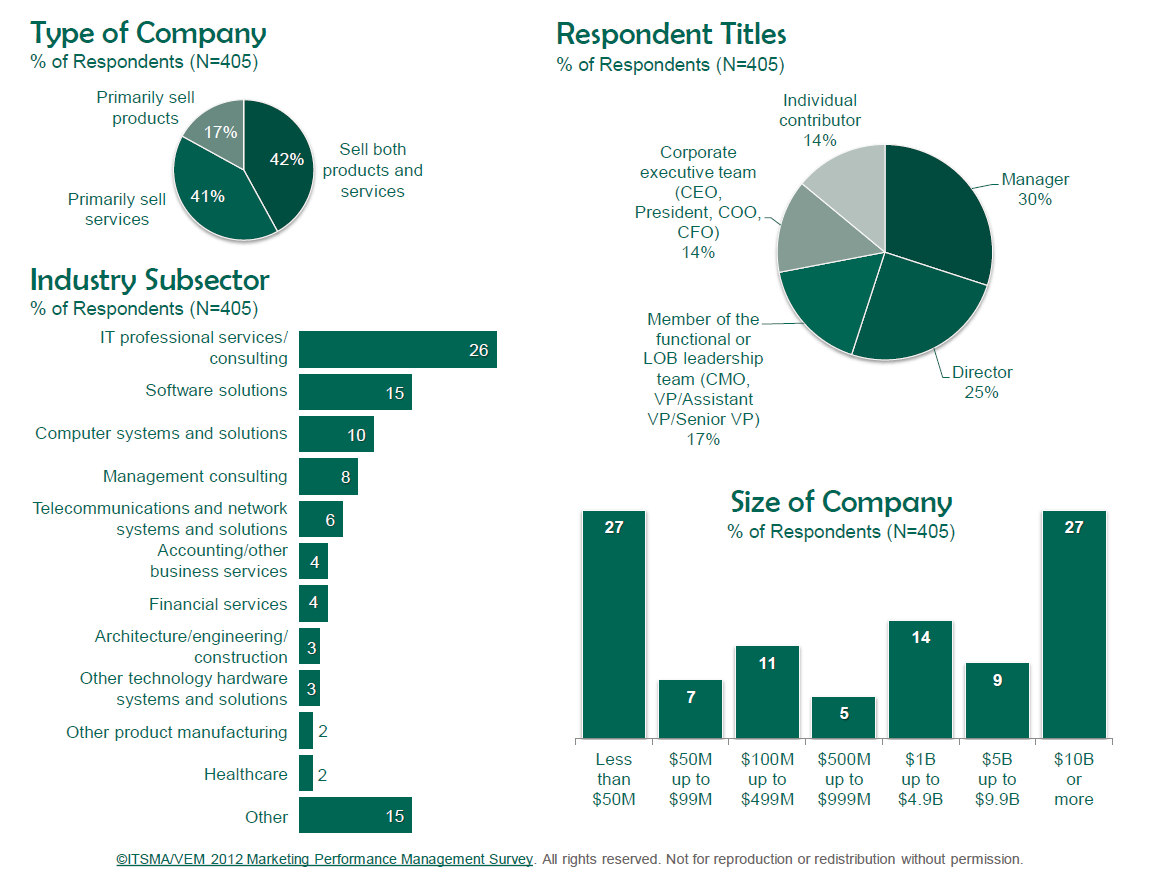
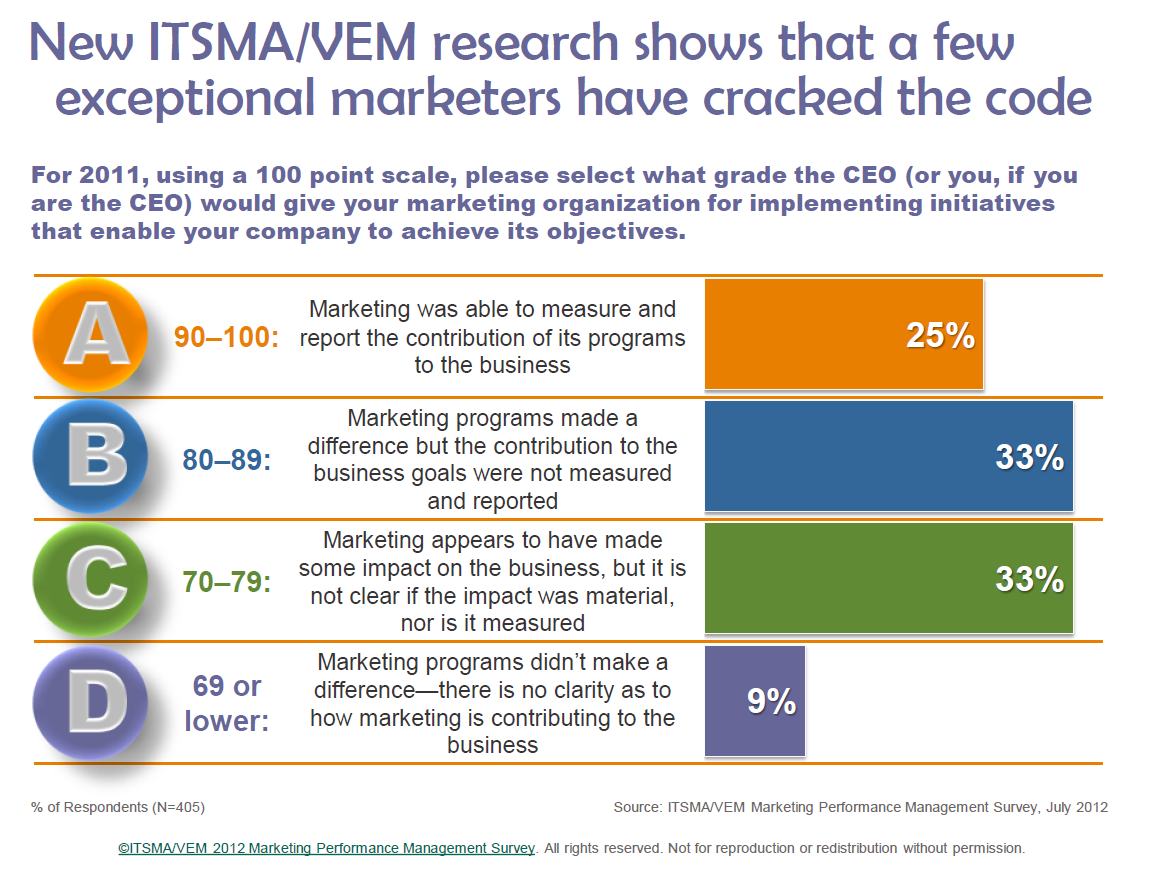
 There are times when one marketing tactic seems to totally dominate the discussion. In recent years, social media has been in that mix, and mobile and its various form factors and latest upgrade release dates are pretty top of mind for plugged-in marketers.
There are times when one marketing tactic seems to totally dominate the discussion. In recent years, social media has been in that mix, and mobile and its various form factors and latest upgrade release dates are pretty top of mind for plugged-in marketers.




